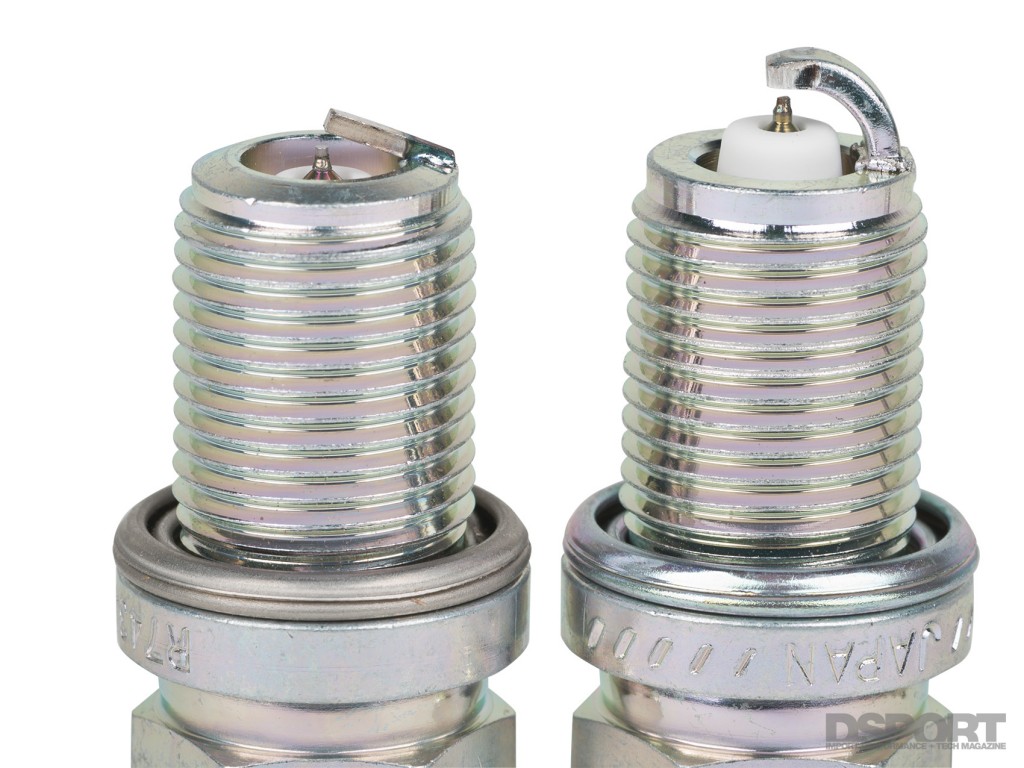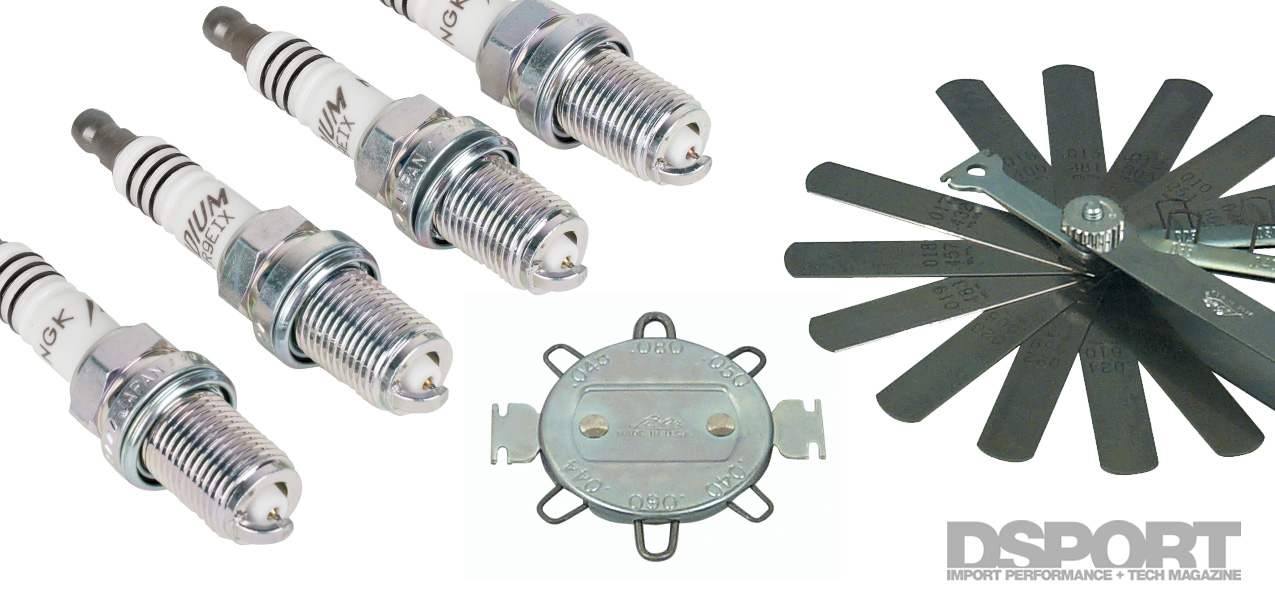Today’s performance spark plugs perform feats never before attempted by spark plugs of years past. Factory engines and race engines are pushing more horsepower per liter than ever before thanks in part to forced induction and direct injection. Both of these technologies put an additional stress on the engine’s ignition system. With the spark plugs representing the soldiers in the field, we decided to take a look at the technologies in use. Today, platinum and iridium have replaced nickel-alloys in many performance and long-service applications. So are a set of Iridium plugs right for you? What about the latest generation of spark plugs featuring plasma technology? The answer depends on your particular performance combination. Engines with marginal ignition systems or those with high-voltage demands will see the biggest performance gains from this family of super plugs.
Text by Michael Ferrara // Photos by Jun Chen and Courtesy of Enerpulse and NGK
DSPORT Issue #142
FUNCTION OF THE SPARK PLUG
 The primary function of the spark plug is to create a spark that initiates the combustion process within the cylinder. While this job sounds simple enough, the environment where a spark plug lives is far from friendly. A spark plug is subjected to electrical voltages that may approach 40,000 volts. In addition to the electrical shock, cylinder pressures may exceed 1,500 psi during combustion. At the same time, in-cylinder temperatures can soar above 2,000 degrees Celsius then instantly drop to outside temperatures when cool fresh intake air is drawn into the cylinder. If you have ever poured hot water in a chilled glass or ice cold water in a hot glass, then you’ve seen first hand the damage that can be done by thermal shock or loading. Yet through all this, a quality spark plug can survive and thrive.
The primary function of the spark plug is to create a spark that initiates the combustion process within the cylinder. While this job sounds simple enough, the environment where a spark plug lives is far from friendly. A spark plug is subjected to electrical voltages that may approach 40,000 volts. In addition to the electrical shock, cylinder pressures may exceed 1,500 psi during combustion. At the same time, in-cylinder temperatures can soar above 2,000 degrees Celsius then instantly drop to outside temperatures when cool fresh intake air is drawn into the cylinder. If you have ever poured hot water in a chilled glass or ice cold water in a hot glass, then you’ve seen first hand the damage that can be done by thermal shock or loading. Yet through all this, a quality spark plug can survive and thrive.
The Racing Plug (above, left) An iridium center electrode, angled side electrode, recessed insulator and cold heat range allow this plug to ignite mixtures and survive environments where street performance plugs would fail. Plug gaps are as a small as 0.016″ and typically at or under 0.024″ on forced-induction applications.
Street Performance Plug (above, right) An iridium, platinum, silver or nickel alloy center electrode is typical for high-performance street plugs. Projected nose insulators and colder-than-stock (but higher than racing) heat ranges are typical.
FUNCTION OF THE SPARK PLUG
- Converts high-voltage energy from ignition coil to a spark
- Its spark initiates combustion
- Heat range of plug establishes the regulated temperatures of the plug.
- Provides a window to the soul of the engine (in cylinder datalogger).


